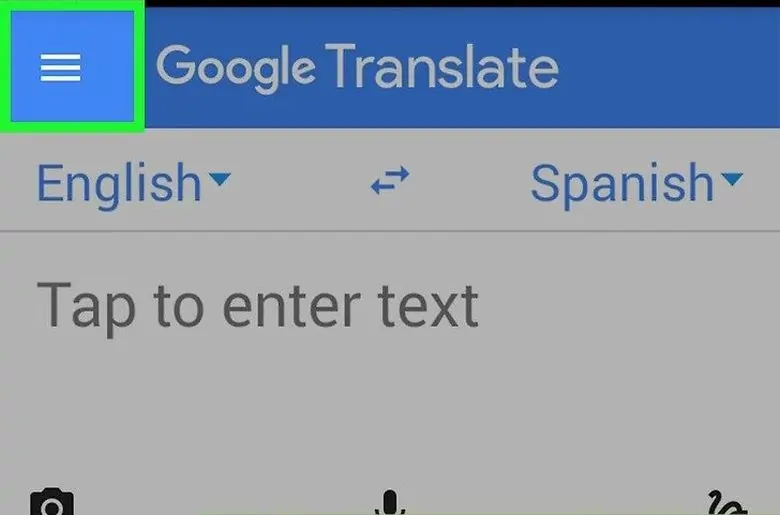

This is due in part to misconceptions about the social sciences and the theories, knowledge and methodologies they offer. Knowledge regarding how people obtain, understand, and use warning information is critical to saving lives and protecting property, yet scientifically valid and reliable research to support this part of the tropical cyclone (TC) warning process has been limited.

Recommendations to prevent this include federal regulation and improved education materials for sirens, alerts translated into Spanish, discontinuing NOAA radio and developing an official forecast and alerting app. Population growth in these groups and technology changes have helped cause the recent fatality rise and, unless changes are made to the EWS, the continued increase in size of these groups will lead to more people becoming at risk from, or perishing in, tornadoes.

Hispanics, older people and those with tornado experience were also at higher risk if they heard an alert from an EWS they distrusted or did not understand. Results showed white men were particularly vulnerable to tornadoes as they were more likely to ignore warnings. Interviews were conducted with officials and an online survey marketed through Facebook was undertaken, receiving 547 responses. Ford County, Kansas, was selected as a case study.

This paper examines how people rely, understand and trust tornado alerts and the Early Warning Systems (EWS) that disseminate them, if socio-demographics cause specific groups to experience greater risk, whether these factors have affected the rise in fatalities and what mitigation measures could reverse this. Despite improvements in tornado Disaster Risk Reduction (DRR), since the 1990s the number, and proportion, of people dying in tornadoes in America has increased.


 0 kommentar(er)
0 kommentar(er)
